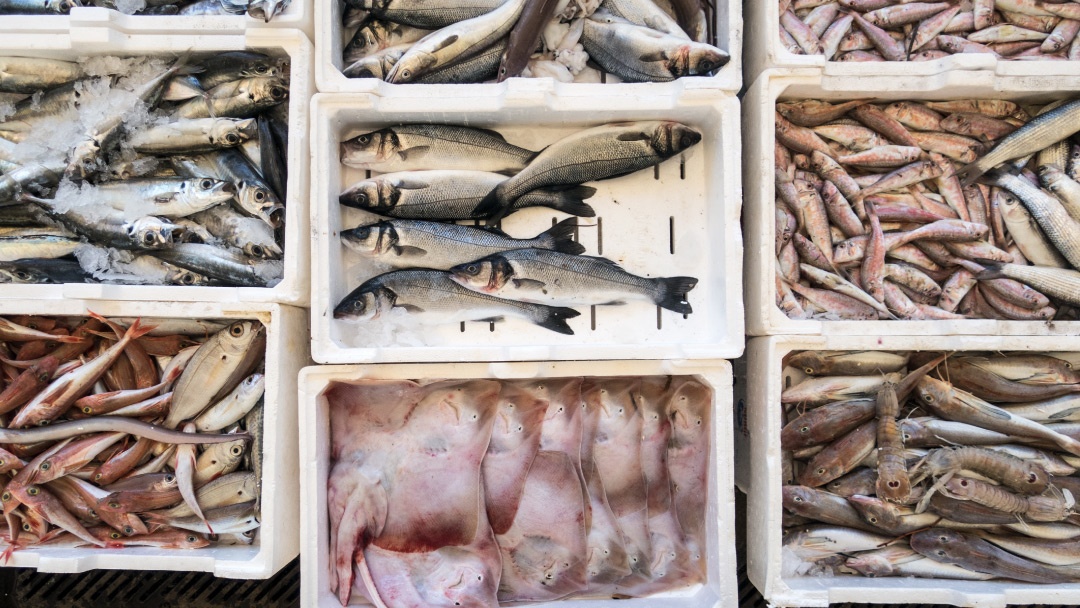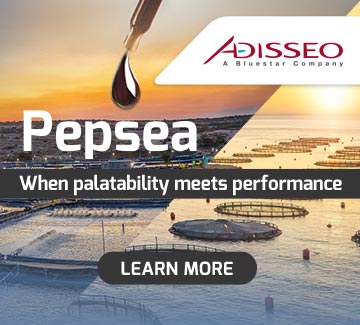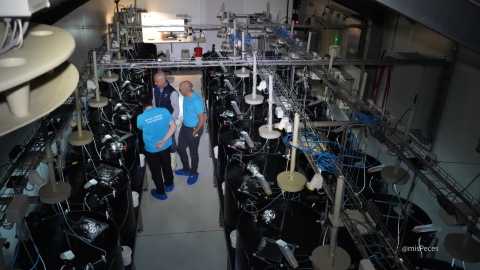
Expanded polystyrene has long been the preferred choice in seafood packaging due to its excellent insulation, impact resistance, and lightweight properties. These attributes ensure fish remains fresh throughout transportation while minimising handling damage. However, with the enforcement of Regulation (EU) 2025/40, the viability of expanded polystyrene in the European market is increasingly uncertain.
While technically effective, polystyrene presents significant environmental challenges. Recycling the material is economically unfeasible in many regions due to its low density and high collection costs, making it a persistent pollutant in marine ecosystems. Additionally, the EU’s circular economy goals demand packaging that is recyclable or reusable, and polystyrene currently struggles to meet these criteria. Its susceptibility to breaking down into microplastics further heightens regulatory and environmental concerns.
Alternatives such as laminated cardboard with biodegradable coatings, bioplastics, and reusable packaging systems are emerging as viable replacements. While these materials align with sustainability targets, they introduce higher production costs and require adaptation in logistics and handling. Despite these hurdles, businesses that transition early to sustainable packaging will gain a competitive advantage in an evolving regulatory landscape.
The seafood industry must now prioritise innovation and collaboration to meet EU sustainability requirements. Manufacturers must invest in scalable, cost-efficient eco-friendly solutions, while seafood producers should plan ahead of the 2030 deadline to mitigate compliance risks. The shift away from polystyrene represents both a regulatory challenge and a market opportunity, where those leading the transition will secure long-term success in an increasingly eco-conscious market.


